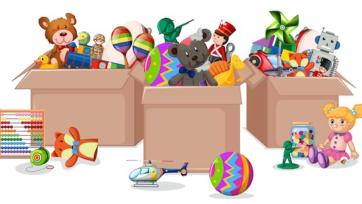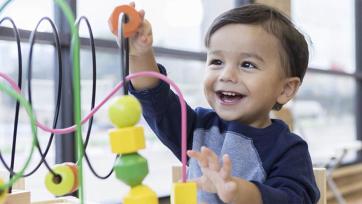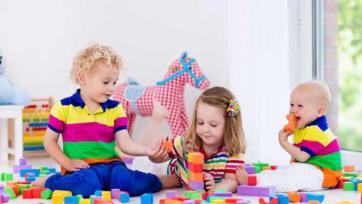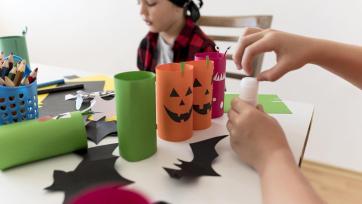Children from an early age see colors. Parents can begin educating their children about colors when they are 18 months old. Babies as early as 18 months may not be able to speak, but they can easily point to various colors if they understand what they are.
People consider learning and naming to be significant milestones in their cognitive growth. Color discrimination aids your brain in making connections between what you perceive and hear. As a result, it is critical to begin teaching colors to children at a young age.
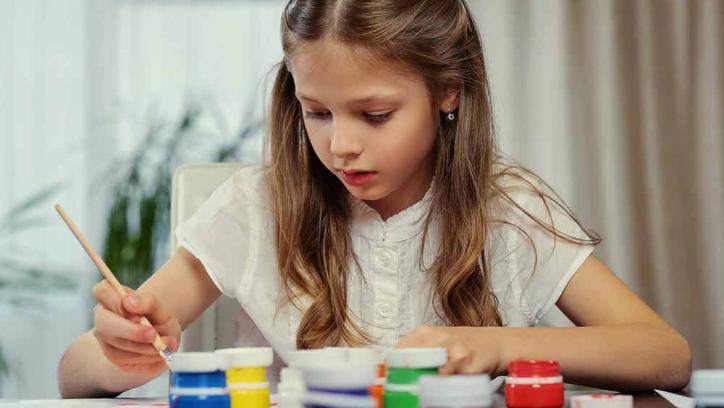
Why Should Children Be Taught Colors?
Your youngster can distinguish between hues before he is a year old. At the same time, he notices how well the shapes, textures, or sizes differ and how they are the same. The main colors take longer to learn, but most youngsters can name at least one color by 30 months.
Before teaching colors to infants, you should first understand how they learn. Kids need to know a lot about abstract concepts like colors before they can understand what they are. Before a person understands what colors are, they may discover that blue is blue. Children cannot recognize the distinction between light and navy blue.
They also lack the linguistic abilities required to convey the distinction. Children must learn what each hue symbolizes and what it is called. For example, if you show your child a green apple and inform him the color is green, he may associate the apple's shape with the word green or remember it that way.
To demonstrate the difference, you'll also need to show him an apple that isn't green. More examples demonstrating that green is not an organism's shape, size, texture, or name can help children understand what green is.
As a result, every time you show your youngster something green with such a different attribute, he gains a greater understanding of what green is. Even if it takes time, teaching your youngster about colors is simple since you can utilize ordinary objects and photos.
How to Teach Colors Using Everyday Activities
Teaching colors as they go about their daily lives is the best method to help youngsters retain what they learned about colors in preschool. Bright colors, particularly red, are naturally appealing to children. As a result, the majority of their toys are vividly colored.
To teach them colors, show them anything, such as a ball, and repeat its name along with the term color. So, rather than saying, this is red, say, this is a ball, and the color of the ball is red. You can perform the same thing with different colored balls.
It's also critical to remember that children learn to understand language before they begin to talk. Kids could point to color before they could say what it was called. So, when your child wants to play, instruct them to collect all the pieces of a given hue and put them together.
Stick to red, yellow, blue, black, and white as your primary colors. Giving each hue its own time is another effective way to teach the concept. A green or yellow week is an excellent technique to gradually learn about colors.
Every week, you could wear the same clothing color, paint the same color, or play with toys of the same hue. Children learn best via experience. Therefore, teach them about colors through their senses, including sight, odor, sound, taste, and touch.
Simple Ways to Teach Preschoolers Colors
These engaging techniques to teach toddlers colors will help you teach your child about colors in a way that sticks.
Modeling clay
Colors can be taught in kindergarten through modeling clay exercises. Clay is both enjoyable and difficult to deal with. Children can learn to detect colors and utilize the same color to create various objects. They can also experiment with other color combinations to see what happens.
Matching Colors Games
Color matching games are an excellent way to teach preschoolers essential colors. To make colorful cards, you can use any cardboard. Place them on the floor or table and instruct your youngster to select the ones that match. You may perform the same thing with colored blocks or balls, changing the color daily.
Finger Painting
Finger painting is fun for children aged 2 to 3 to learn about colors. Children are old enough to paint with colors at that age, and you can begin with one color per day. Allow them to color while telling you what color it is.
Spy Game
Allow the kids to play "I Spy" about the house, looking for objects of various colors. You can also play this game with an "I Spy" book by sticking different colored sheets on different pages and having the youngsters look for them.
Colour Jigsaw Puzzle
Make a simple jigsaw puzzle out of cardboard strips and let the youngsters choose pieces of the same color to put together.
Treasure Hunt
Hide something in a play pit of a different color and let the youngsters find it by digging up blocks of the same color. A bucket of sand can also be used to conceal little blocks of different colors.
Coloring Fishing Game
Cut fish forms from various colored cardboard sheets. Glue a magnetic strip to the back of each cutout. Then, using glue, connect a thread to a stick. Carefully place a magnet on either end of the string. Allow your child to go fishing to catch all fish that match the day's color.
Coloring Books
Coloring books are the most effective way for children to learn colors. When your child is finished coloring, ask him the crayon color he used on each page.
Coloring Days
Wear the same color shirt on different days of the week. On Monday, it could be yellow, red on Tuesday, green on Wednesday, and so on. Play with items that are the color of the day during those weeks.
Ribbons Dancing
Colored streamers are available at party stores and are ideal for ribbon dances. Allow the children to have fun while dancing with their colored streamers. These games are a fun way for your youngster to learn about colors. To begin, expose your toddler to vivid colors.
Children are naturally drawn to bright and shiny objects. You can then show him different colors. Use commonplace items to teach your youngster about colors, shapes, or sizes.
This will assist your child in learning about colors, shapes, and sizes. Aside from that, increase your child's intelligence by providing them with hands-on learning kits. The exercises in this kind of kit will help him work on and improve other abilities and educate him on something new every day.

